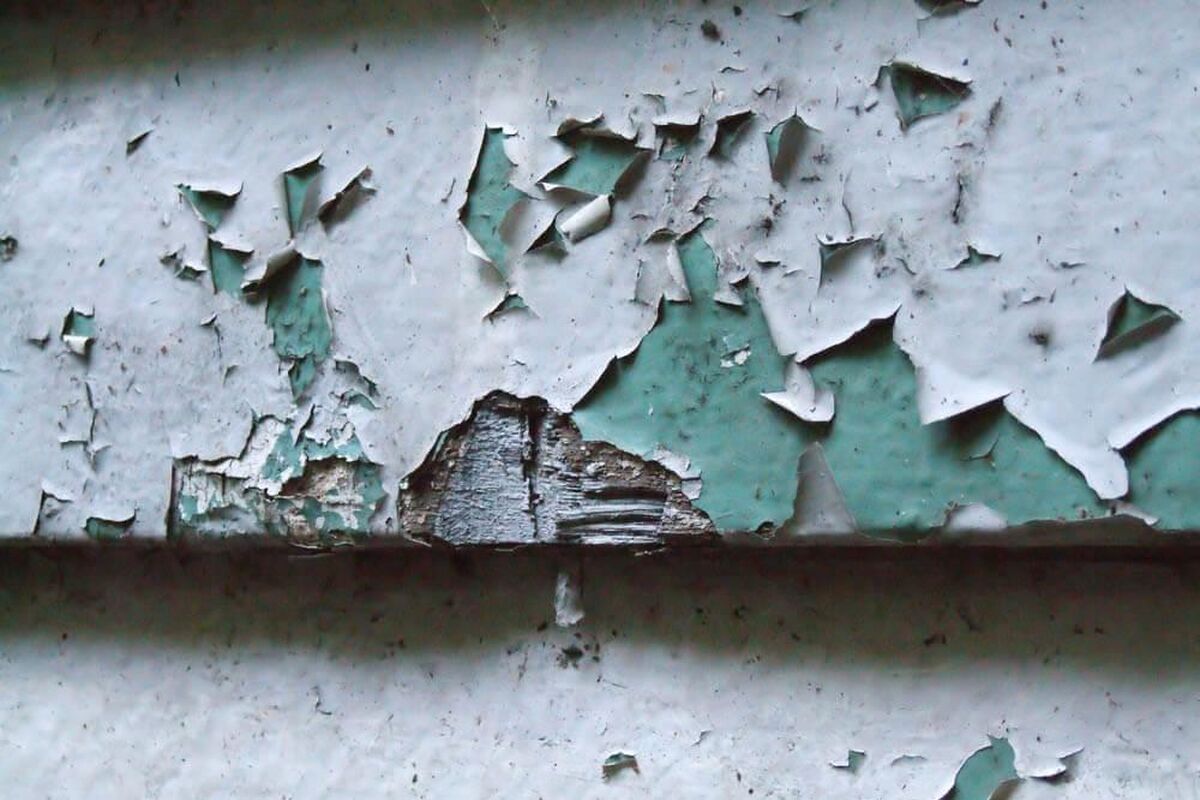Was Your Home Built Before 1978? What You Need to Know About Lead

A home’s age always plays a role in determining its market value and its appeal to potential buyers. After all, the older a home is, the more likely it is to have various structural problems. Most age-related residential issues can be mitigated or eliminated with proper maintenance and renovations, but some require closer attention -- namely, the presence of lead paint. And if your home was built prior to the year 1978, there’s a chance that lead paint is present.
So, what does 1978 have to do with lead paint? What’s the problem with lead paint anyway? And what can be done about lead paint if it’s present in your home? Here’s what you need to know about lead.
What to Know About Lead in Old Houses
The Banning of Lead Paint for Consumer Use
In 1978, the United States Consumer Product Safety Commission (USCPSC) effectively banned the consumer use of lead-based/lead-containing paint. From this point on, U.S. homes could not be painted with these restricted products. Prior to 1978, however, many homes contained lead-based paint. According to the Environmental Protection Agency (EPA), approximately 24% of homes built between 1960 and 1977 contained lead paint; 69% contained lead paint between 1940 and 1959; and about 87% of homes contained lead paint before 1940.
Of course, plenty of homes built prior to 1940 and through 1978 are still on the market today. While various agencies have made efforts to remove or safely enclose lead-based paint in these older homes, millions of homes continue to contain lead paint, according to the EPA. Ideally, home buyers should know whether or not a property features lead paint before purchasing it. But if you reside in a home built before 1978 and never had it checked for lead paint, it’s important to do so. Here’s why.
Why is Lead Paint a Problem?
Lead was used in paint for such a long time due to its various benefits -- it sped up the drying process, protected surfaces from moisture, and held up for a long time. That said, it was eventually discovered that lead harbored negative traits which outweighed the positive aspects. When ingested, this toxic metal can harm multiple areas of the human body, including the brain, kidneys, nerves, and blood.
Young children experience the most detrimental effects of lead paint poisoning because their brains and bodies are rapidly developing. If children take in high levels of lead paint dust, they may develop behavioral issues, learning disabilities, seizures, and more. Lead paint ingestion can also result in death. This ingestion can occur in several ways. For instance, performing drywall repair on walls containing lead paint can cause lead paint particles to spread throughout an interior. Knowing this, it’s no wonder lead paint mitigation is so important.
What Can Be Done about Lead Paint in Homes?
Fortunately, there are several ways to reduce the risk of lead paint poisoning. The four main methods are: removal, encapsulation, enclosure, and replacement. The lead paint removal process involves carefully scraping or sanding away the paint while vacuuming dust particles with a HEPA filter device. Encapsulation refers to the process by which lead-based exterior or interior painting experts directly seal the lead-painted surface with a watertight bond. Similarly, enclosure provides a physical barrier (i.e. drywall or cladding) to prevent the dissemination of lead paint particles in the air. And lastly, specialists may completely remove all surfaces containing lead paint and replace them.
Only certified lead specialists, such as Anderson Painting contractors, are legally able to perform any of these mitigation methods.
Does Your Home Have a Lead Problem?
The sooner you determine whether or not your home contains lead paint, the better. Generally speaking, homes built after 1978 should not have an issue, but those built before this year may still contain this toxic material. If you’ve never had your home inspected, the experts at Anderson Painting can assess your property and, if lead paint is found, remediate the problem. To learn more about us and all we do, call today at 919-610-1855 or email us at info@andersonpaintingnc.com!



